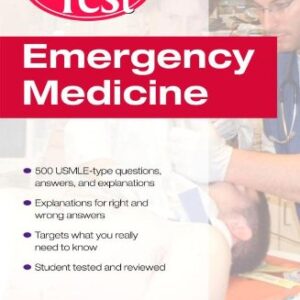Draft Guidelines to be discussed at the 2006 Beckman Conference, 12 p.
NACB LMPG Committee Members:
Centers for Disease Control and Prevention, Atlanta, Georgia
University of Maryland School of Medicine, Baltimore, Maryland
University of Vermont, Colchester, Vermont
Baylor College of Medicine, Houston, Texas
University of Texas Southwestern Medical Center, Dallas, Texas
Framingham Heart Study, Framingham, Massachusetts
Children?s Hospital, Boston, Massachusetts
Emory University School of Medicine, Atlanta, Georgia??????? ?????? ? ??????? ??-???????? ???????? ??????? ???????? ?????? ? ??? . ? ?????????? , ????????????? ?????????? ?????? ????? ? ????? ?????????? ????? ????????????? ???? ??????????? . ????????? ?????? ?? ???? ????? ??????????? ?? ??? ?????? ??????????????? , ??? ? ?????? ??????? ??????? ? ??????????????? ???????? ????? , ?? ???????? ? ??????????? ???????? ?????????? ???? ??????? ? ????????? ??????????????? ??????????? ???????? ??? ?? ??????????????? ???????????? ?????????????.For more than 20 years, coronary heart disease and stroke have been the first and third
leading causes of death and major causes of disability in the United States and other
developed countries. These are estimated to be the first and second leading causes of
death in the world today and are expected to remain so by the year
2020. Despite
significant reduction in all standardized mortality from cardiovascular disease (CVD)
over the past 20 years, CVD remains the number one cause of death in the United States,
out ranking all cancers by more than 60%. More than 70.1 million Americans have
some form of cardiovascular disease. Public health priorities for prevention of
cardiovascular events and stroke as addressed in Healthy People 2010 are prevention of
risk, detection and treatment of risk factors, early identification and treatment of heart
attacks and stroke, and prevention of recurrent cardiovascular events. Thus the
search for biomarkers that will better detect coronary patients with disease who could
potentially benefit from intensive primary prevention efforts is critically important.
The American Heart Association and the National Cholesterol Education Program?s
(NCEP) Adult Treatment Panel III (ATP III) have each issued recommendations
designed to identify more people who are asymptomatic and clinically free of coronary
heart disease, but at sufficiently high risk for a future coronary event in order to justify
more intensive risk reduction efforts. Within these recommendations are specific risk
factors, including total cholesterol, LDL and HDL cholesterol, that are typically used in
risk prediction algorithms, such as the Framingham Risk Score, to estimate a global risk assessment for CVD. However, these predictive models based on conventional risk
factors are underutilized and have a lower than desired accuracy, thus providing a
stimulus to search for new tools to refine CVD risk prediction. In recent years the
number of new candidate risk factors that have been proposed as significant predictors of
cardiovascular disease and its complications has grown considerably. These
biomarkers are termed emerging risk factors because they are associated with an
increased risk for CVD, but their causative, independent, and quantitative contributions to
CVD are not as well documented as those of dyslipdemia, high blood pressure, and
smoking ? the major, longest established risk factors.






Reviews
There are no reviews yet.